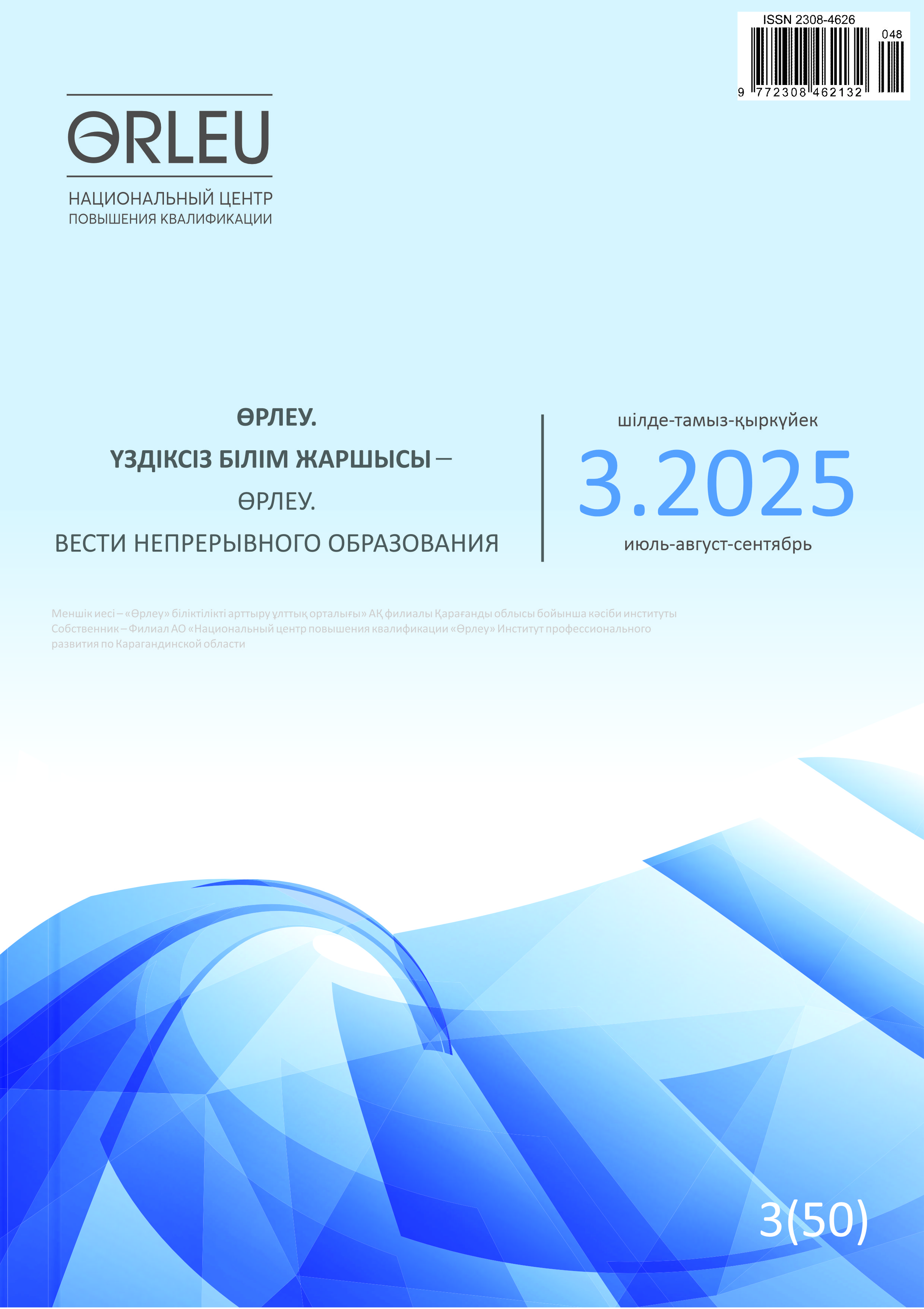Abstract
The article presents an analysis of data obtained from a study conducted with 11th-grade students who were learning chemistry in English for the first time. Since studying core subjects in English offers not only potential strategic advantages but also entails significant risks, it is particularly important to generalize and discuss the existing experience. This approach contributes to improving the quality of teaching, ensuring the implementation of effective instruction, and fostering the development of competitive students.
The aim of the study was to identify the most typical errors made by students in open-ended tasks while learning chemistry in English. The authors employed experimental methods of data processing and analysis, including systematization, classification, comparison, and evaluation of results. All variables were assessed using a unified system of physical measurement units. The study analyzed the responses of 65 11th-grade students to open-ended questions in summative assessment tasks from the first and second quarters, identifying seven main categories of errors. Dependencies of errors on question types, quarters, proportions of responses, and students were examined.
All errors were grouped into seven categories, and the reliability of classification was ensured through cross-moderation of 20% of the works. The results demonstrated that the majority of errors were associated with subject knowledge and academic language, whereas English language proficiency itself was not a decisive factor. A comparison with international CLIL studies confirmed the universality of the identified trends while also highlighting their local specificities in the Kazakhstani context. Based on these findings, practical recommendations were formulated for teachers and school administrators.


